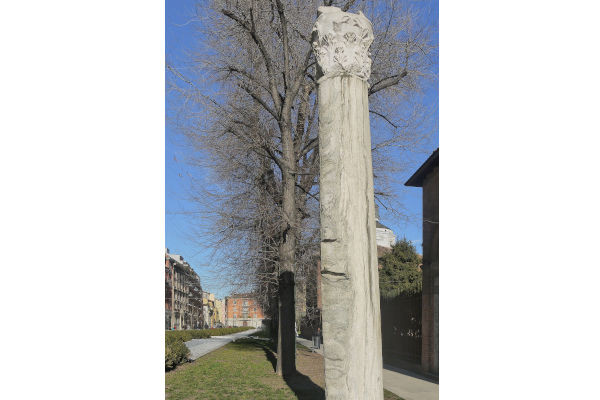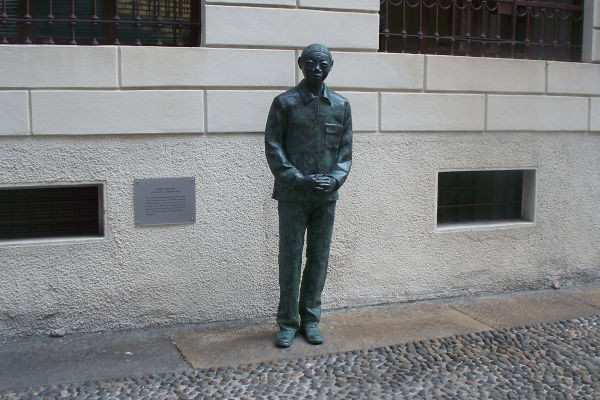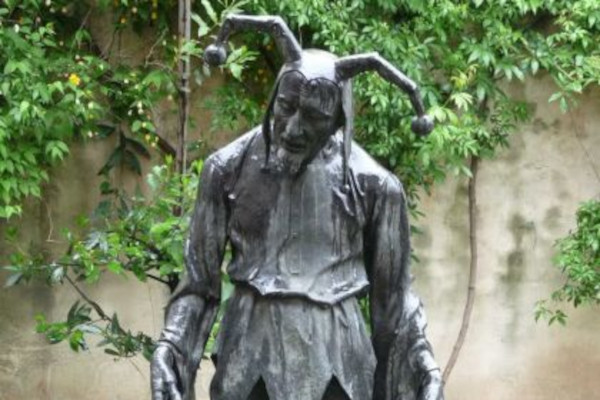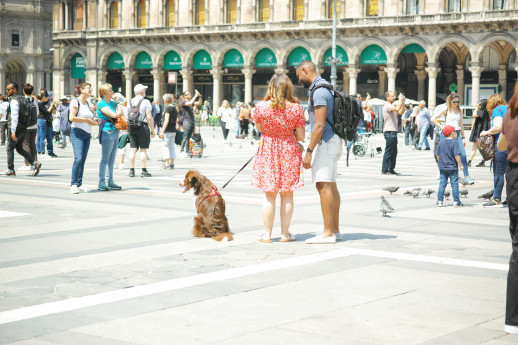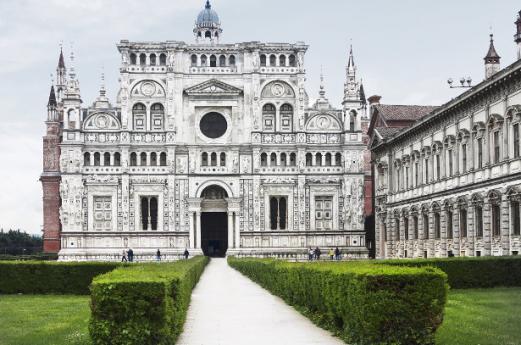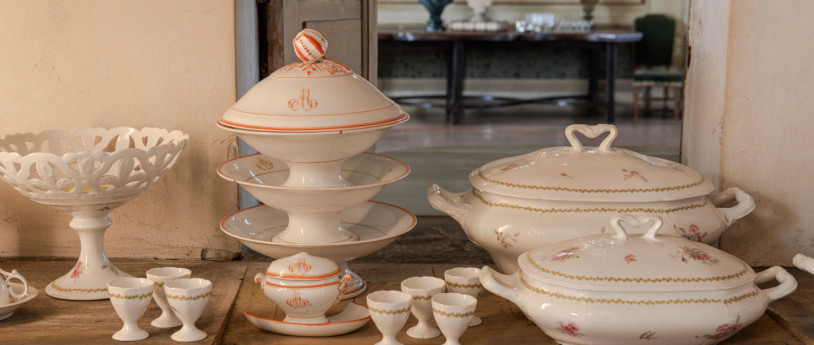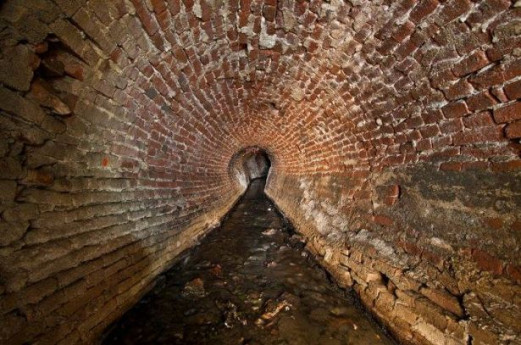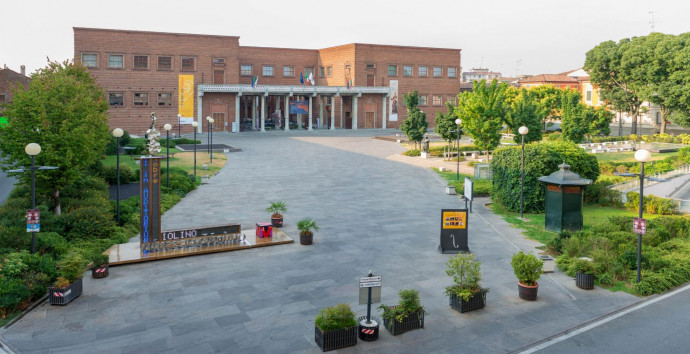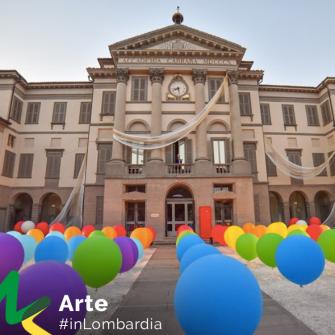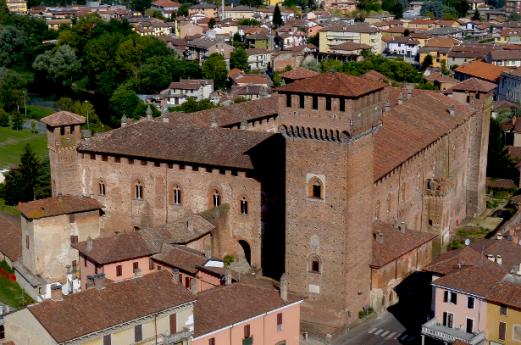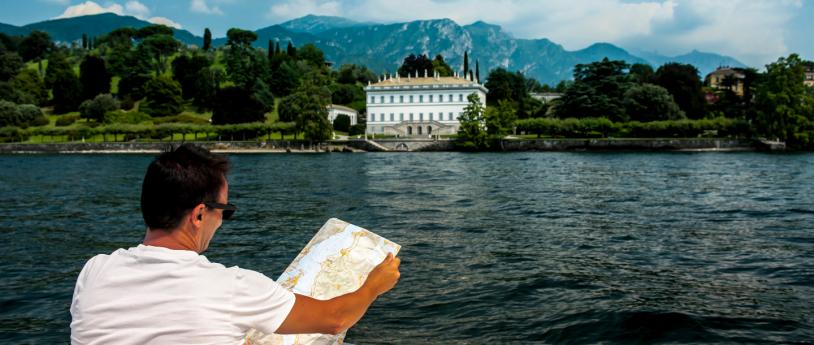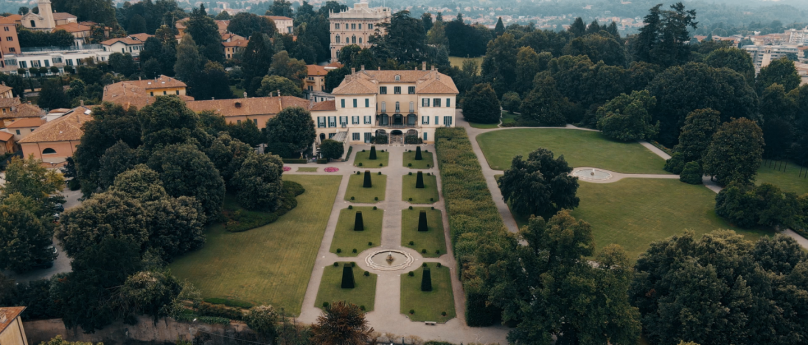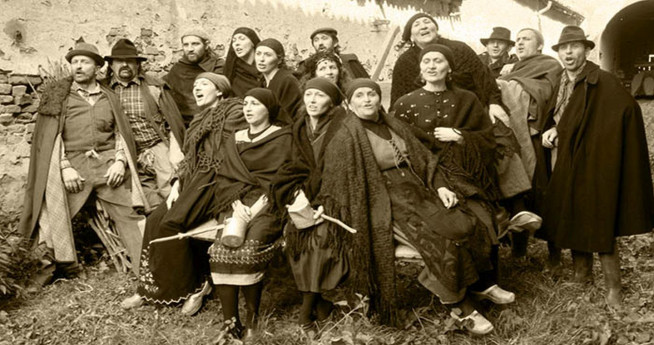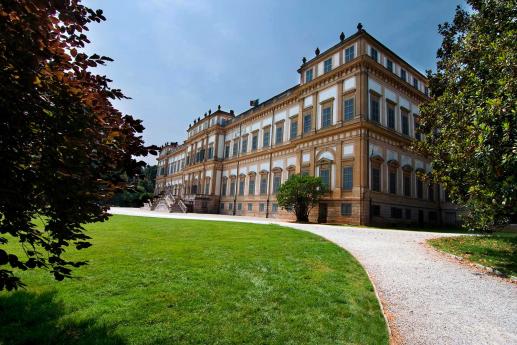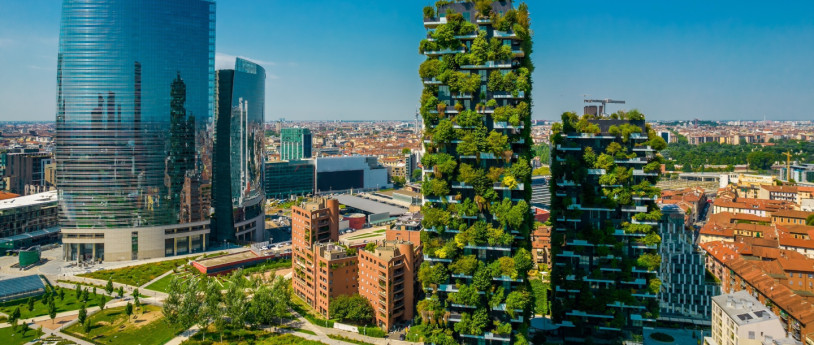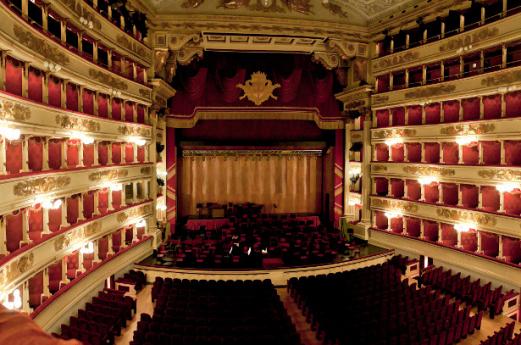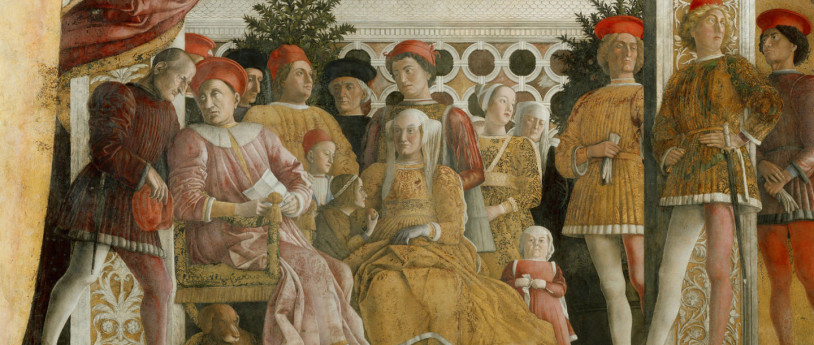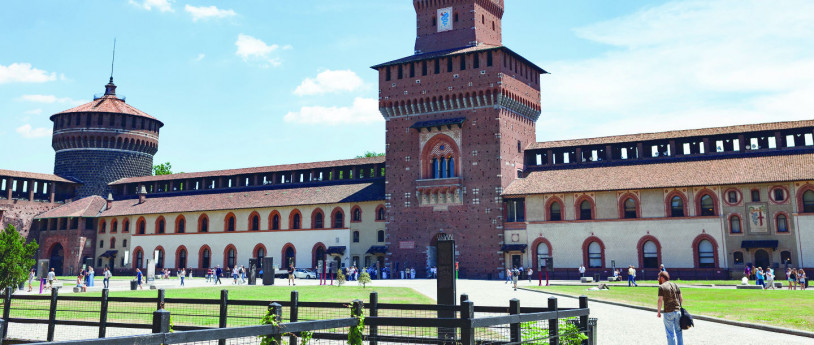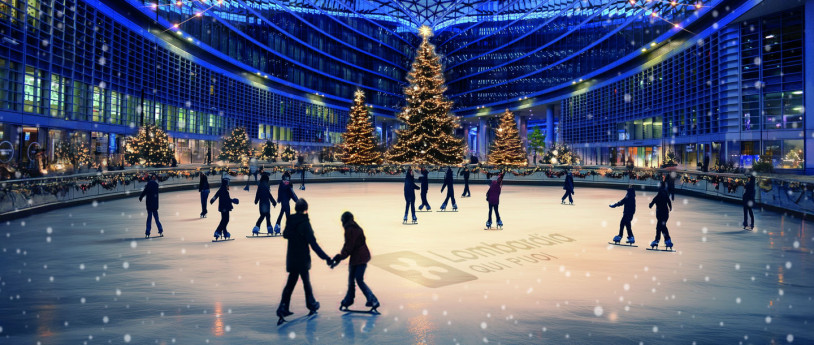- Art & Culture
Urban sculptures and works of art: Lombardy's open-air museum
As we are so used to travelling through our cities by car or on public transport, falling prey to the frenzied and metropolitan rhythms of Lombardy, we often overlook the beauty that surrounds us.
Hidden from our distracted gaze, the lesser known statues, monuments, installations, findings, works of art and architecture in Lombardy's cities bear witness to a fascinating history that is waiting to be discovered. So let's start discovering, taking advantage of the slower pace that currently characterises our lives, as many people are preferring to walk to work, dust off their old bike, or even test their balance on an electric scooter.
Unexpected encounters in Milan: the Devil, the Three Graces and Nelson Mandela
Legend tells that Saint Ambrose drove out the tempting devil with such strength that his horns became caught in a column, creating two holes. The devil remained stuck there for a while before disappearing: allegedly he was sucked down to Hell through those two openings. From the two holes in the column, you can still smell the odour of sulphur and hear the roar of the river Styx. If you don't believe the story, outside the Basilica of Sant'Ambrogio, in Milan, the Column of the Devil - made of marble with a Corinthian capital and dating back to Roman times - is right there!
Remaining in Milan, we can also find the Three Graces by Salvatore Fiume (1988), located in Piazza Piemonte, together with works by Aligi Sassu, which help to transform the city into an open-air museum. The sculpture, donated to the Municipality by the heirs of the sculptor, who was born in Sicily but adopted by Milan and was also a painter, architect, and scenographer, portrays women in three artistic representations from the 20th century, as well conveying the importance of the cultural and aesthetic value of urban space, which is the heritage of all citizens.
Another illustrious figure who can be found on the streets of Milan is Nelson Mandela. The bronze-coloured statue of the President of South Africa and winner of the first Nobel Peace Prize in 1993 was created by Pietro Scampini. It is positioned in front of the South African Consulate General at street level, evoking a normal passer-by but reminding everyone of the universal values of Ubunto, the African ethic that is based on humanity, compassion, and respect for others.
The Statue of the Laundress of Pavia: an homage to women
Elsewhere, another less illustrious sculpture pays homage to the hard work of the women who - until the mid 1900s - washed clothes along the banks of the rivers and canals. This is the Statue of the Laundress in Borgo Ticino, which can be found along the left bank of the river, heading towards Pavia, between the historic coloured houses that once belonged to local boatmen. This little known bronze work of art (1981) by Giovanni Scapolla is a heartfelt tribute to the work of the laundress, which was hard, cold, and unprofitable - and once just as indispensable as it is forgotten nowadays.
The mysterious Gate of the Devil in Bergamo
Another devil, this time from Bergamo: the Gate of the Devil is located in the Celadina neighbourhood of Bergamo at the bottom of Via Borgo Palazzo, and tells a very mysterious tale. It concerns a solitary stone arch... built by the devil himself! The gateway was constructed by Sandro de Sanga in 1550 on behalf of Gian Giacomo de Tassis, a relative of the celebrated poet, Torquato Tasso. But the patron did not appreciate the result of the commission. Resentful, Sanga said that not even the devil himself would be able to construct it. Once summoned, the devil suggested a dark pact with the architect: the gate was thus built in just one night with the help of demons. Even today, those who pass beneath the arch can still smell the odour of sulphur...
In the home of Rigoletto, the jester of the Duke of Mantua
It is located right at the centre of the garden, in what is known as his home, in Mantua's Piazza Sordello. The statue of Rigoletto (1978), the jester of the court of the Gonzaga family, was created by sculptor Aldo Franchi. The house, depicted in the set design for the premiere of Verdi's opera, dates back to the Middle Ages (the 12th century), while the loggia and portico are from the 15th century. Entering into the inner courtyard, visitors will encounter the jester who - despite being made of bronze - is nevertheless full of tragic and ill-fated vitality.
-

